Home / Weed Phenotypes: Why No Two Buds Are the Same
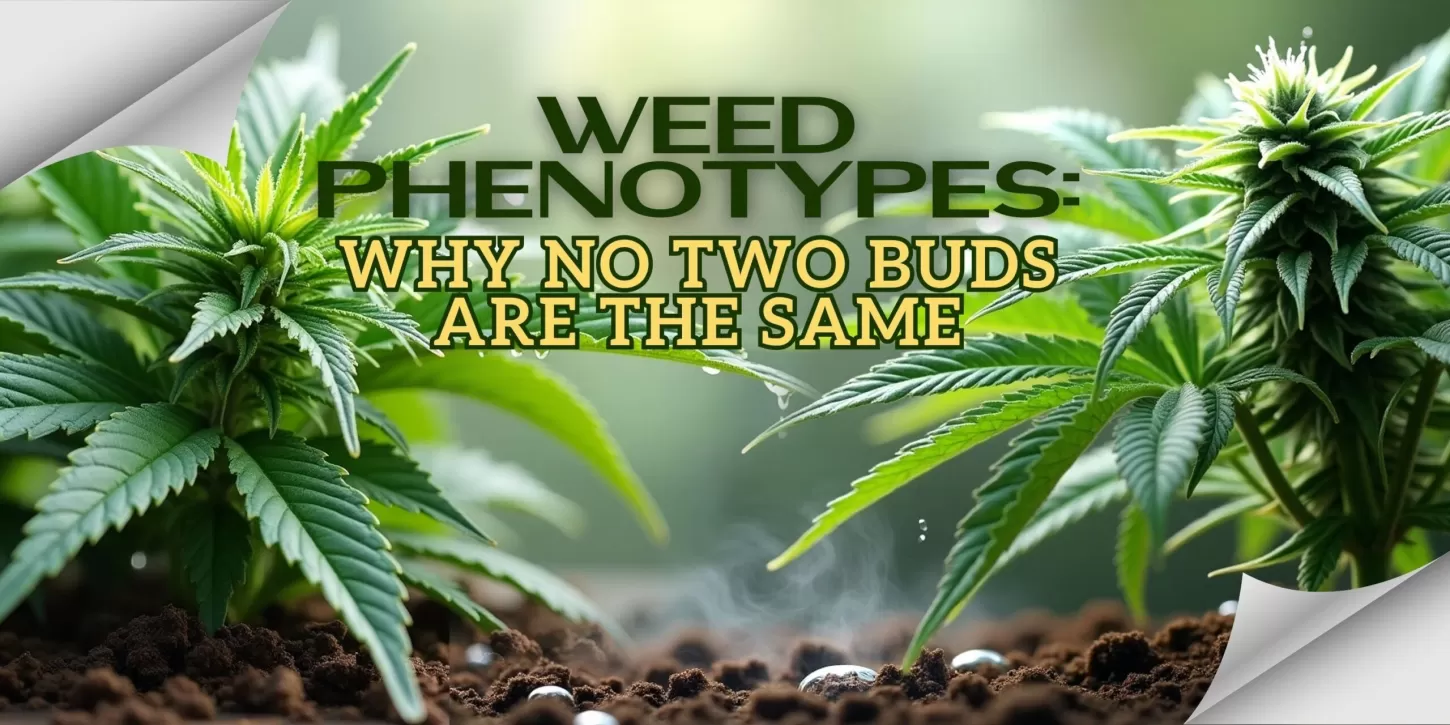
Ever ask yourself why one strain of cannabis can appear, smell, or feel completely different from another — even if they have the same name? That’s all thanks to weed phenotypes. A phenotype is the way a plant expresses its characteristics, such as color, shape, scent, and effects. With cannabis phenotypes, these characteristics are determined by a combination of genetics and environmental factors such as light, soil, and climate.
Cultivators also find that flowers from the same strain turn out differently. They might smell fruity, whereas others are earthier or pine-like. Even their size and potency can differ! This ensures every grow and selection of cannabis is a fun, new adventure. Knowing about weed phenotypes helps you choose the ideal bud to suit your vibe and personality. Let’s discover what sets these green jewels apart!
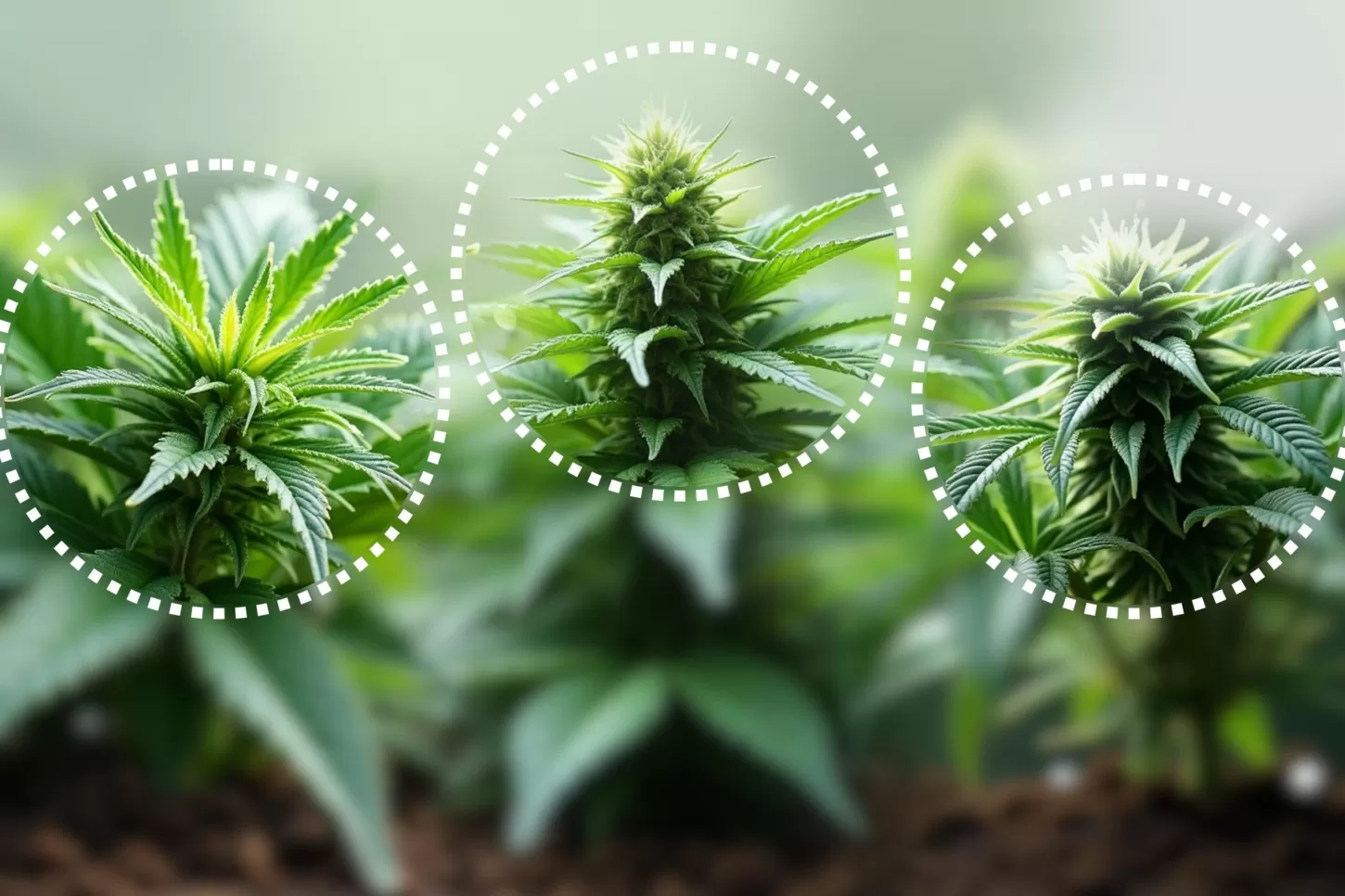
In investigating the interesting world of cannabis, there is one word that always crops up when discussing growers and cannabis fans. It is a word that means so much to people who want to grow or choose the best strain. Knowledge about phenotypes not only adds depth to growing but also helps users of cannabis appreciate the variation between strains. In this article, we’ll get deep into what makes phenotype weed so unique, what a phenotype is in weed, and how phenotype strains are making the diversity in the cannabis world today possible.
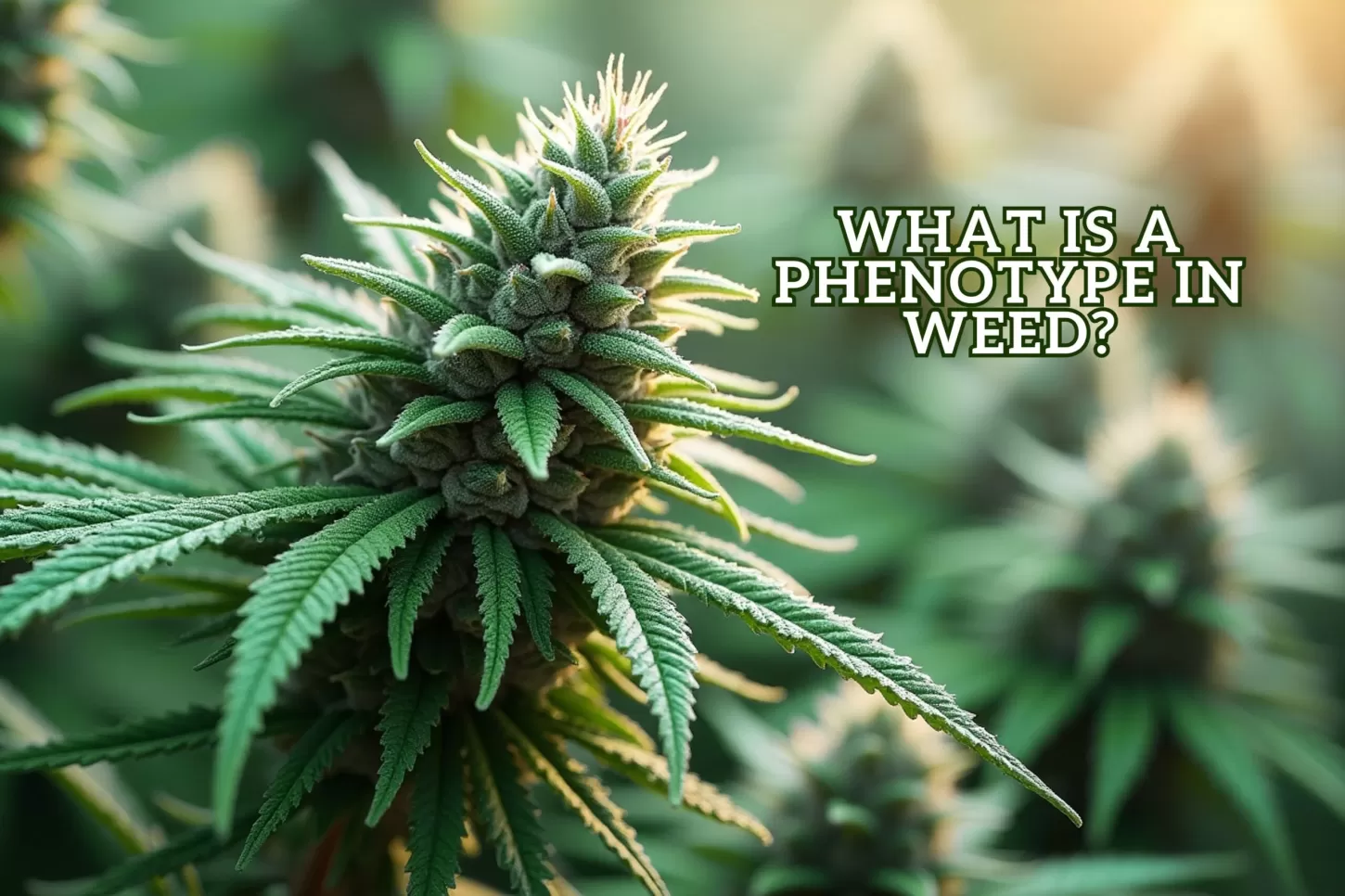
In a nutshell, a phenotype in cannabis is the physical manifestation of a cannabis plant’s characteristics. It encompasses features such as appearance, growth behavior, fragrance, flavor, potency, and effects. The phenotype of a cannabis plant is influenced by the way its genotype (genetic makeup) interacts with the environment in which it’s cultivated.
For instance, if you sow seeds of the same cannabis strain in two environments — one indoors under controlled lighting and another outdoors in sunlight — you may observe differences in size, color, or even taste. These observable and sensory variations are what we refer to as phenotype expressions.
That is, although the genotype holds the entire genetic code of the plant, the phenotype weed is what you can actually see, touch, and feel. Temperature, humidity, light intensity, soil, and nutrients are some of the factors that affect how these genes are expressed.
Phenotype strains are individual plants picked out for their specific and desirable characteristics. If a breeder develops a new strain of cannabis through crossbreeding two parent strains, the offspring will show a diversity of various phenotypes. Every seed could develop into a plant with slightly (or extremely) different characteristics than its siblings.
For example, if a breeder mates a sweet, fruity strain with a strong, earthy one, some of the offspring may tend towards the fruity variety, and others may take after the earthy elements. Farmers will then closely monitor these new plants to discover which phenotype strains possess the most desirable mix of characteristics.
When a specific phenotype expresses the ideal characteristics — if it’s enhanced THC, sooner flowering, or unique taste, for instance — it can now be replicated through cloning and being further cultivated. The selection aids in bringing the same level of consistency and quality to the following harvests. With time, the breeders stabilize such phenotypes to deliver predictable phenotype lines that consumers can trust with certain effects and experience.
Knowledge of phenotype weed is important to both growers and users. To growers, it means they have the chance to improve the quality of their harvest through the selection of plants that do well in certain conditions and have the most appealing characteristics. For users of cannabis, being able to identify phenotypes means understanding better why one batch of the same strain may taste or feel a little bit different from another.
Consider, for instance, the well-known strain “Blue Dream.” Although its genotype is unchanged, various phenotype strains of Blue Dream can differ in color, aroma, and effect. Some phenotypes could have a more sativa-type uplifting high, while others create a relaxed, indica-type chill. By knowing this, users can make informed decisions based on their desired characteristics.
Differentiating various phenotype weed types entails looking at a range of traits over the course of the plant’s life cycle:
These characteristics are usually noted down by growers and followed on many plants to choose the perfect phenotype strain for the desired result.
In the current cannabis industry, the influence of phenotype weed is greater than ever before. With customers becoming more particular and knowledgeable about what they’re vaping or smoking, the need for distinctive and quality phenotype strains has increased.
Breeders and dispensaries are now highlighting these distinctions in their product offerings. You’ll often find product labels indicating the specific phenotype strain of popular varieties, giving customers the ability to choose a product that aligns with their preferred effects and flavors.
For medical marijuana consumers, this focus on phenotypes is a treasure. Some phenotypes can provide relief from pain, anxiety, or hunger induction that’s superior to some other phenotypes, even though they’re technically the same strain.
In the diverse and constantly changing cannabis world, phenotype weed holds a crucial place in determining the experiences of growers, breeders, and users. By learning about what a phenotype in weed is, and by appreciating the significance of phenotype strains, cannabis users are better able to appreciate the delicate dance between environment and genetics.
Whether you’re growing your own, buying at a dispensary, or just wondering how cannabis can be so different from one grow to the next, considering phenotypes brings a whole new appreciation to the art. So the next time you encounter a familiar strain with a slightly different spin — whether in flavor, hue, or effect — you’ll know it’s the lovely handiwork of phenotype weed at work.
Q: What is a “pheno”?
A: Pheno stands for phenotype. It refers to the appearance, odor, flavor, and height a weed plant exhibits.
Q: Why does it matter?
A: Even when plants are of the same strain, they may end up different. Phenos assist growers in selecting the best one.
Q: Why are plants different?
A: Different genes develop differently, even though they have the same parents.
Q: Can the same strain feel different?
A: Yes! Because they could be different phenos.

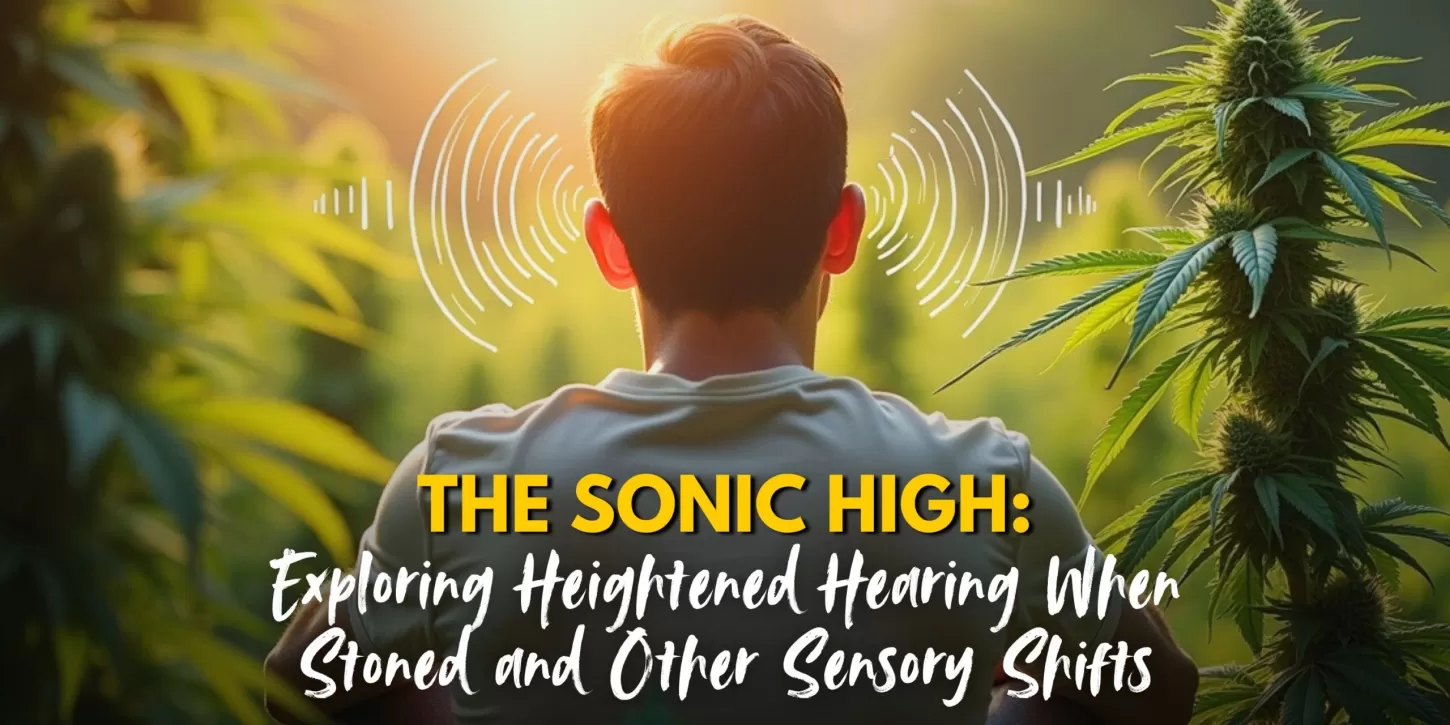

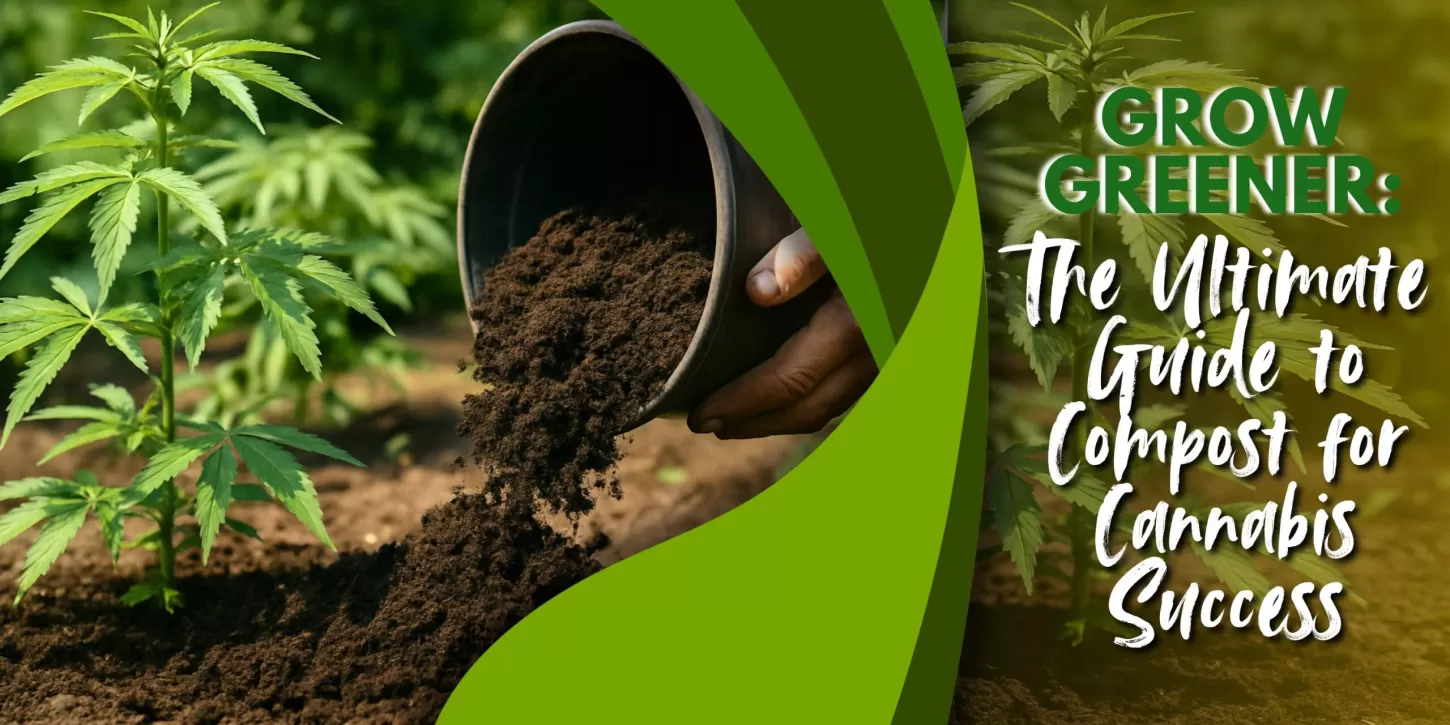
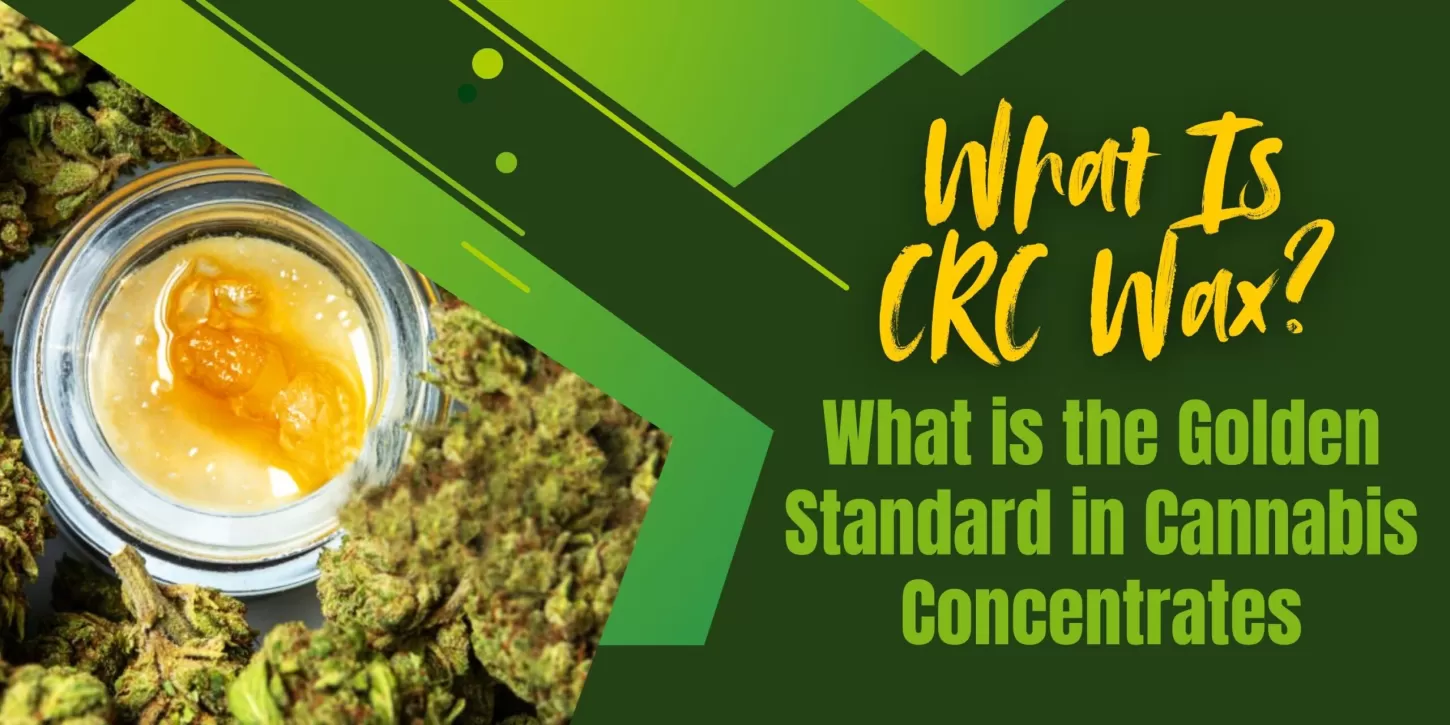




Explore a world of possibilities with VancouverSeedBank.ca. Your premier source for premium cannabis seeds, delivering quality, variety, and discreet shipping for a seamless growing experience.


Are You 18 Or Over?
YesOr
No By clicking yes, you certify that you are over 18. By using this website, you agree to our Terms Of Service.